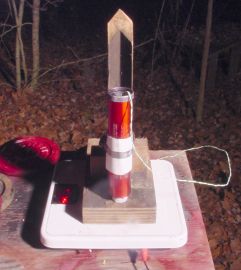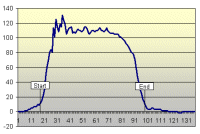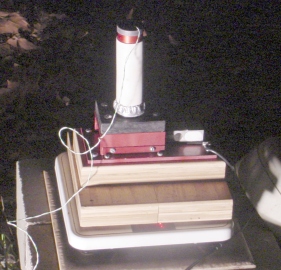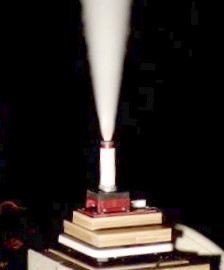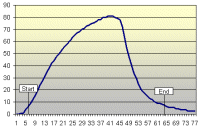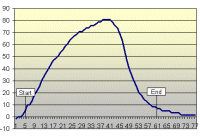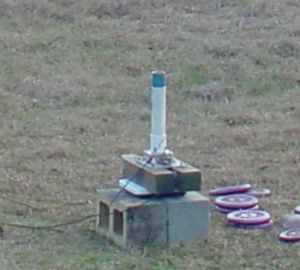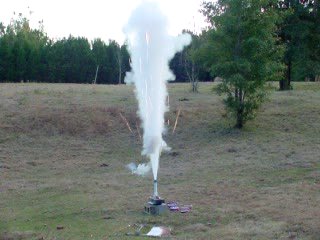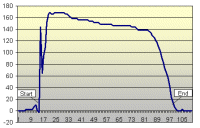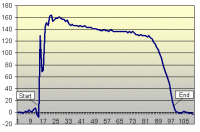Digital Test Stand
Remember 2001? I can recall bits and pieces.
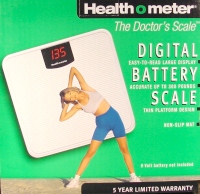
| Flab-O-Meter Digital Test Stand Remember 2001? I can recall bits and pieces. |

|
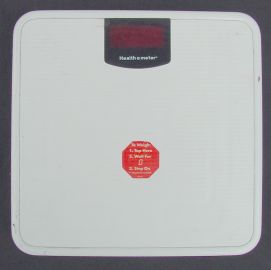
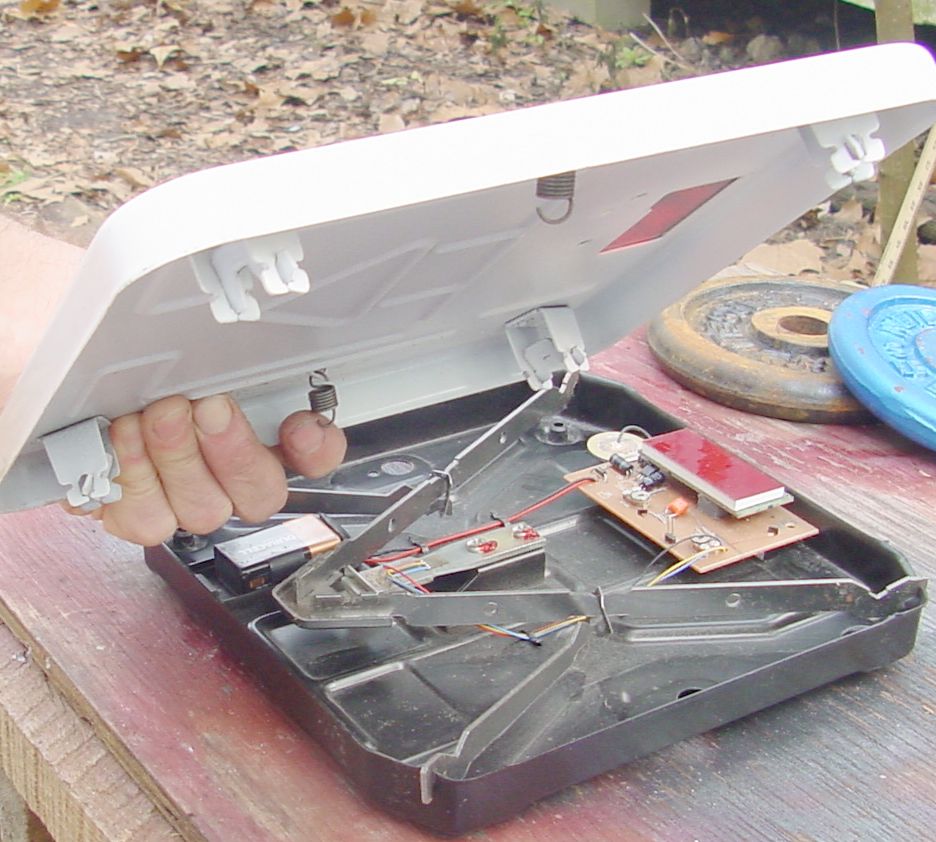
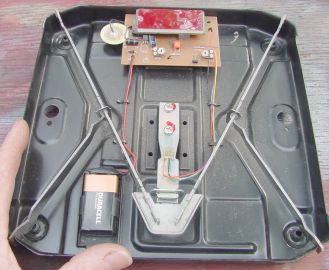
"DigitalThis describes what I saw under the hood pretty well.
- Weight is evenly distributed through the brackets and levers
- Long levers are connected to a beam
- A stain gauge is bonded on the beam
- Deflection of beam causes the change in resistance
- Output signal is translated to weight reading on LED display"
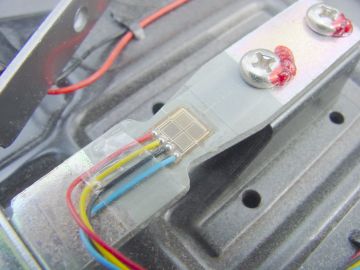
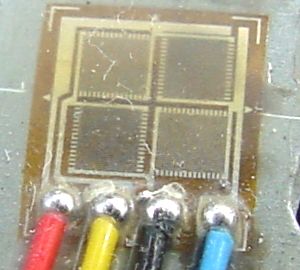
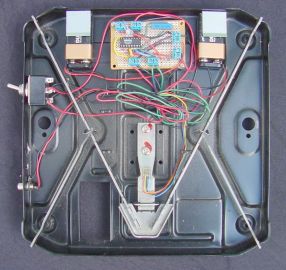
Red: Excitation +I drilled a hole for a power-on LED but didn't use it.
Black: Excitation -
Blue: Signal +
Yellow: Signal -
